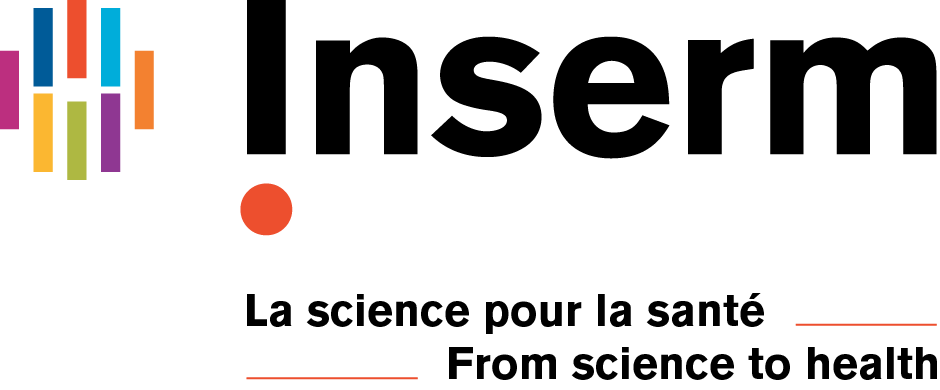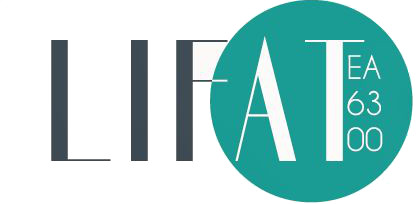Keynotes
|
| Keynote 1: |
|
Prof. Sergio A Velastin is a Senior Research Scientist at
Cortexica Vision Systems Ltd., UK. He was previously Conex Research Professor in the Applied Artificial Intelligence Research Group at the Universidad Carlos III in Madrid. He trained and worked most of his life in the UK where he became Professor in Applied Computer Vision at Kingston University and where he was also director of the Digital Imaging Research Centre. He is also a Fellow of the Institution of Engineering and Technology (IET) and Senior Member of the IEEE where he was member of the Board of Governors of the Intelligent Transportation Society (IEEE-ITSS). Sergio has worked for many years in the field of artificial vision and its application to improve public safety especially in public transport systems. He co-founded Ipsotek Ltd and has worked, on projects with transport authorities in London, Rome, Paris etc in several EU Framework Programme projects.
From Objects to Actions (presentation PDF):
Computer vision research has been making steady progress for the last 20 years or so. In the last few years it has made much
faster advances thanks to improved hardware, an explosion in the amount of visual data available and the application of deep neural networks. An area that is still a challenge is the automatic description of human actions from video, otherwise known
as human action recognition or human action detection. This talk will present some ideas on how to address this problem.
|
| Keynote 2: |
|
Dr. Matthijs Douze is a research scientist at Facebook AI Research (FAIR) since 2015. He received a MS in computer science from the ENSEEIHT and a PhD (2004) in computer vision at the University of Toulouse. From 2005-2015 he was an engineer on the LEAR project-team at INRIA Grenoble. His main research topics are large-scale algorithms for computer vision and similarity search.
Similarity search for weakly supervised Machine Learning:
The growth of the datasets terms of size and number of classes blurs the lines between the classification and instance search tasks. K-nn classification has several drawbacks that prevent it from being competitive in a classical supervised setting. However, it has advantages in a "not really" supervised setting, ie. where there are tags rather than classes, or multi-media annotations (freeform text, face ids, GPS coordinates, URLs, etc.) It also generalizes smoothly to on-line training and situations where there is no clear separation between a train and a test set. We will present a few computer vision works where similarity search is applied to unsupervised and weakly supervised learning in computer vision.
|
| Keynote 3: |
|
Dr. Giuliano Grossi is an Assistant Professor in Computer Science at the University of Milan (UNIMI), where he received his Ph.D. in Computer Science (1999). Current and past research concerns modelling and understanding human face identities and related classification problems. His activities also include sparse recovery in signal processing and applications of dictionary learning. As a member of the PHuSe Lab (UNIMI) focused on affective and perceptive computing, his recent works aim to apply both computer vision and machine learning techniques to human behavior understanding, particularly referred to social interaction, emotional state and gaze analysis. He has been involved in several national and international projects concerning data compression in computer vision, elderly wellbeing and other topics.
Face recognition: from traditional to learning-based methods:
Starting in the seventies, face recognition has become one of the most researched topics in computer vision and biometrics. Traditional methods and machine learning techniques have over recent years been superseded by both deep learning approach based on convolutional neural networks (CNNs), and sparse dictionary learning modeled within the sparse representation paradigm. The deep neural networks methods rely heavily on the size and representative of training set and suffer or even fail with few samples per person. Instead, learning a sparse dictionary from small training sets (or at the very limit one sample per subject) turns out to be a robust method guaranteeing appreciable performances also against poor availability of information per subject. The purpose of this talk is to describe how effectively learning techniques have improved the global approach to the identity recognition problem, addressing relevant issues in this area such as data collection, open challenges, and several promising directions for future research.
|
Local organisation:


|
|
|

